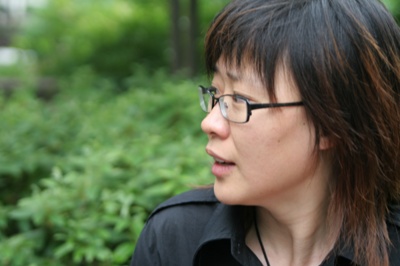"Sound Meets image" - Machel Brault
 Cinema Verite : The Fly on the Wall
Cinema Verite : The Fly on the Wall; Michel Brault - Sound meets image
Michel Brault is a Quebec cinematographer, cameraman, film director, screenwriter and film producer. He is a leading figure of Direct Cinema and cinéma vérité which were characteristic of the French half of the National Film Board of Canada in the 1960s. Brault was a pioneer of the hand-held camera aesthetic. [1]
In the 1960s, Brault collaborated with the French Nouvelle Vague, notably with Jean Rouch, and introduced the cinéma vérité techniques in Europe. He directed his first documentary short film for the National Film Board, the influential Les Raquetteurs in 1958.[2] He was the cinematographer for a number of the most famous of the NFB documentaries in the 1960s, including Pierre Perrault's Pour la suite du monde, which Brault co-directed, and for key Canadian films of the 1970's such as Claude Jutra's Kamouraska and Mon Oncle Antoine and Francis Mankiewicz's Les Bons débarras.
In 1974, Brault directed Les Ordres, about the 1970 October crisis and won the 1975 Cannes Film Festival award for best director.
"You can't tell the truth:you can reveal," says Quebec filmmaker Michel Brault, addressing the implicit claims of cimema verite. He prefers the term cinema direct, a style he helped define at the National film Board in the late '50s. In collaboration with such figures as Claude Jutra, Gilles Groulx, Pierre Perrault and Marcel Carriere, Brault broke new ground with handheld camera. He was cinematographer on The Snowshoers amd co-directed Pour lasuite du monde - seminal cinema direcr titles - and did the camera for Jean Rouch and Edgar Morin's Chronicle of a Summer, often cited as the first European cinema direct documentary. He's also shot features, including Kamouraska and the landmark Mononcle Antoine. He earned a Best Director Award at Cannes for Orders (1974). He was an important public figure in Quebec's Quiet Revolution, and much of his work is concerned with Quebec culture and politics.
"For The Snowshoers, in 1958 there were do hand-held cameras, I'm talking a lot about technique, but that was...As I said, style works hand-in-hand with technique. We paid attention to technique because we had to. So I head out to film a piece, on this gathering of snowshoers and I have a 35mm camera because the film is slated to screen in movie theaters so it's 35mm. A big camera but portable, an Arriflex. It's Sunday morning, I'm filming the keys ceremony. they are silent shots. All of sudden Marcel Carriere arrives. I see him come in-in the frame-with a Mayhak, a spring-wound tape recorder, we see him recording the sound. So, I filmed my first shot in cinema direct. these keys welcoming you, Mr. President of the American Union of Snowshoers. Well, we didn't realize at first...Gilles Groulx, the editor, realized he could re-sync the sound and picture just for the little speech by the mayor to those Americans. It was great. We had our first synched shot! The rest of The Snowshoers was music and sound effects done in studio because that's how it was done at the time. And we were against that. What was really great was that the film was invited to the Santa Babara Festival by Mrs Flaherty, who organized the Flaherty Seminars. Jean Rouche was the special guest, and so I decided to go, and we met. The next year, he invited me to Paris. That's it. That was the start of a great adventure...the story of direct cinema"


0 Comments:
Post a Comment
Subscribe to Post Comments [Atom]
<< Home